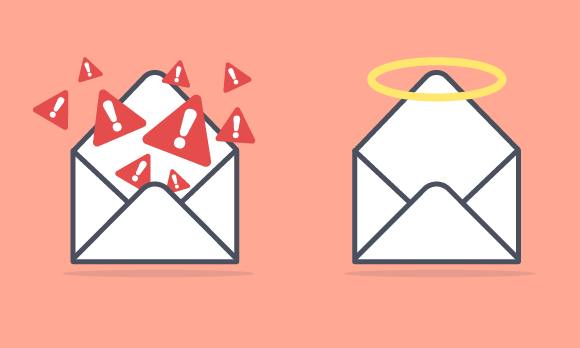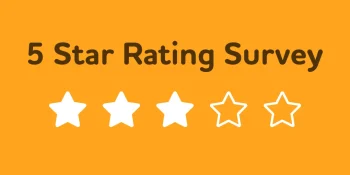Tips to Avoid Email Spam Filters When Sending Online Surveys
When managing online surveys, it’s important to take spam filters into consideration. Why? Spam detection systems use a scoring system to evaluate how likely an email message is to be spam.
This is even more vital now in 2024 as Gmail and Yahoo introduce new spam requirements.
The most important thing to remember is making sure people are happy to receive your emails.
One of the spam scores is often based on how many other emails have been received with the same content and this score will increase as further copies are received. At a certain point, this score will reach a trigger value and the recipients’ email system will choose how to manage that message. This can be to either mark the message as spam or reject it.
There are also limitations to delivery rates imposed by recipient mail servers.
Exceeding these limitations results in a practice referred to as throttling. Throttling in terms of email means that a recipient mail server has accepted all the mail it is willing to accept from the email server for a certain period of time.
Each email provider’s system will use different settings and these are not published, as making the information public would undermine the reliability of spam detection. As such, any advice given on how to avoid spam filters will never be infallible.
Make sure your participants have double-opted-in to receive your emails.
Double-opt in means you know that the email address has been typed correctly and is a genuine address. It also gives you an opportunity to ask recipients to add your email address to their address book.
Here are some tips to help you avoid spam filters.
- Use a familiar sender name.
- Take time on your subject line and content.
- Design your email to be clear with simple language.
- Always check spelling and grammar.
- Don’t use all caps in your email or in the subject line.
- Don’t use exclamation points!!!!!
- Don’t use spam trigger words. You can use your favorite search engine to look for an up-to-date list.
- Personalize your email.
- Tell participants why they are receiving the email.
- Use a normal font size.
- Watch your text to image ratio. Too many images may land your email in recipients’ spam folders.
- Watch your link to text ratio. Too many links may land your email in recipients’ spam folders.
- Make your message design consistent with the design of your website – it will help your participants to recognize who the message is from.
- Include an unsubscribe link (opt out link).
- Test your deliverability with the main systems.
- Include yourself in the list.
- Tidy up/deactivate bounced email addresses before the next email is sent.
Helpful resources:



